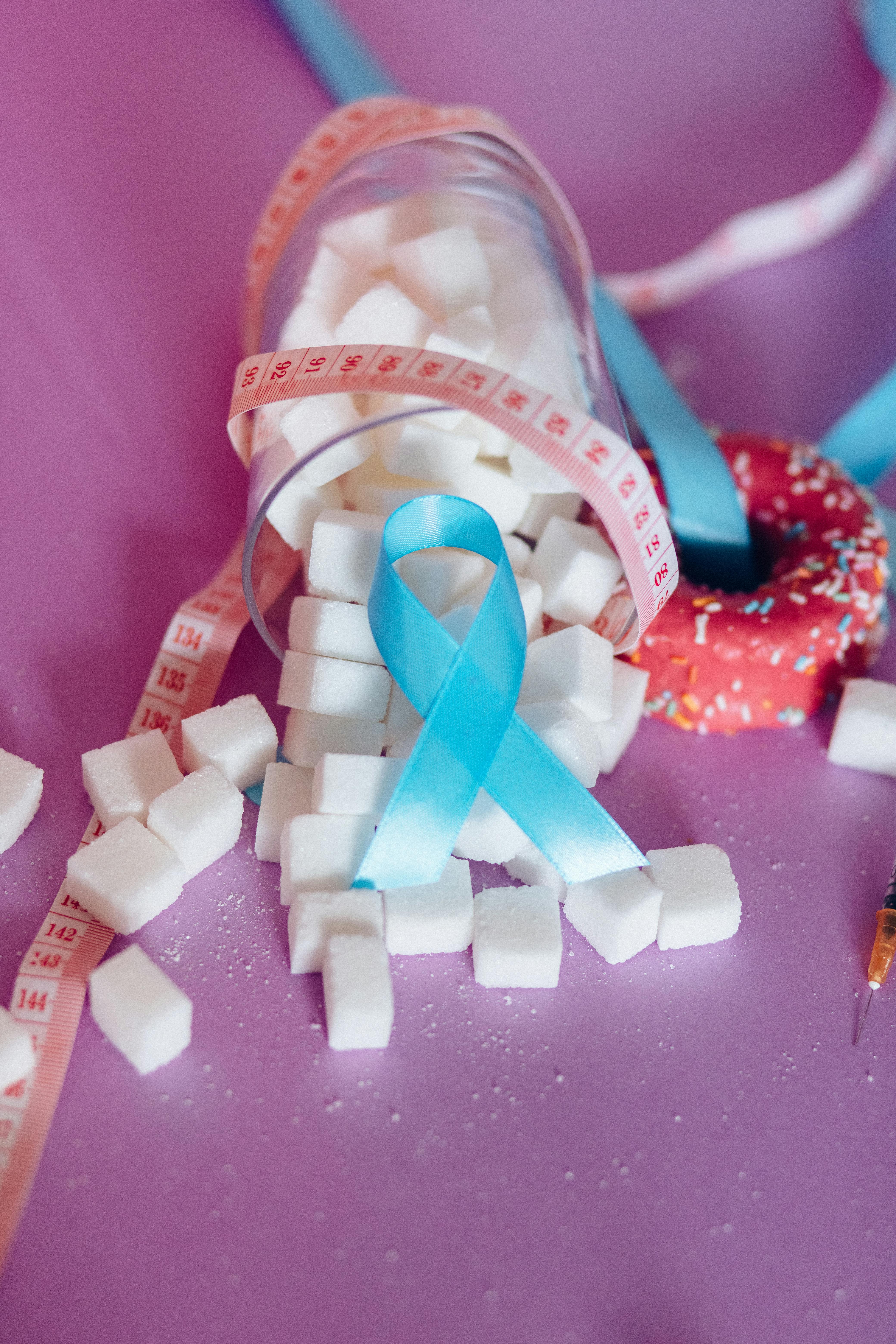Apply Now
Top 5 High-Fiber Snacks to Enjoy in 2025
Understanding the Importance of High-Fiber Snacks
Fiber plays a critical role in maintaining overall health, impacting everything from digestion to satiety levels. As our understanding of nutrition evolves, high-fiber snacks continue to gain attention, especially for those looking to achieve health goals such as weight loss or enhanced digestive health. In 2025, fiber-rich foods are not just a trend but a vital aspect of a balanced diet. Snacking on these foods can bolster fiber intake, helping to manage hunger while providing essential nutrients. High-fiber snacks can be particularly beneficial when included in meal prep, providing a convenient option for busy individuals seeking healthy choices throughout their day.
Benefits of Incorporating Fiber in Your Diet
The benefits of fiber are extensive, leading to improved digestion and enhanced feelings of fullness, which can be instrumental for those on a weight loss journey. Fiber helps regulate blood sugar levels, contributing to stable energy throughout the day. Moreover, a fiber-rich diet supports gut health, contributing to a robust microbiome. By prioritizing snacks with fiber, individuals can enjoy a range of health benefits while also satisfying their cravings. This connects perfectly to our next focus: actionable snack ideas that maximize your fiber intake.
Essential High-Fiber Snack Ideas for 2025
1. Fiber-Packed Fruit Snacks
Fruits are naturally rich in fiber, making them one of the best choices for healthy snacking. Fruits like raspberries, pears, and apples offer high fiber content and numerous health benefits. Consider creating fruit salad with chia seeds sprinkled on top; chia seeds are a great source of fiber themselves and can enhance the overall fiber content.
2. Nutty Delights: Nuts High in Fiber
Nuts, such as almonds and walnuts, are great fiber-rich snacks that also provide healthy fats and protein. These crunchy high-fiber snacks can be consumed alone or blended into homemade trail mix. Another idea is to incorporate them into energy bites or bars, combining them with oats for a fiber and protein boost.
3. Whole Grain Goodness: Oatmeal Snacks
Oatmeal is renowned for its high fiber content and versatility in snack preparation. You can create oatmeal energy bars or cookies that not only satisfy your sweet tooth but also add significant fiber to your diet. These snacks can be made at home, allowing for control over sugars and additives.
4. Vegetables: Crunchy High-Fiber Veggie Snacks
Raw vegetables such as carrots, celery, and bell peppers are delectable low-calorie fiber snacks. Pair them with high-fiber dips like hummus for an excellent snack option. Additionally, consider roasting chickpeas or making veggie chips for a crunchy treat that is also fiber-filled.
5. Fiber Energy Bars: Store-Bought Options
If you’re pressed for time, consider reaching for high-fiber protein bars available at stores. Look for options that contain ingredients like whole grains, nuts, and dried fruits for maximum fiber benefits. When selecting bars, it’s important to check the labels for fiber content and avoid added sugars.
Exploring Homemade High-Fiber Snack Recipes
Crafting Your Own Fiber Cookies
Creating homemade cookies using oats, nut butter, and seeds can turn traditional recipes into fiber-centric snacks. By substituting some flour for ground oats and adding fiber-rich ingredients like flaxseed or chia seeds, you enhance both taste and healthfulness.
Flavorful Fiber Muffins and Bread
Incorporating fiber-rich foods into baked goods is another excellent strategy. Experiment with recipes for muffins or breads that include whole grain flour and fruits such as bananas or apples to naturally increase fiber levels. These items make for perfect on-the-go breakfasts or snacks.
Snacks on the Go: Simple Meal Preparations
Meal prep is key for consistent healthy eating. By preparing several high-fiber snacks at the start of the week—such as portioned nuts, chopped vegetables, or fruit packs—you make it easy to grab nutritious options when hunger strikes.
Understanding Fiber-Rich Ingredients Better
Exploring High-Fiber Grains
Grains are fundamental to any fiber-rich diet. Selecting options like quinoa, barley, and brown rice can greatly enhance your fiber intake. Mixing these grains into salads or bowls can add a delightful texture and satisfy hunger.
Utilizing Seeds for Added Fiber
Seeds such as chia and flaxseeds are excellent fiber boosters. Incorporating them into smoothies or oatmeal adds crunch and increases fiber content significantly. Moreover, these seeds offer omega-3 fatty acids—a bonus for those pursuing a healthy diet.
Pairing Snacks with High-Fiber Ingredients
Experimenting with combinations can lead to delicious results. Adding a spoonful of nut butter to apple slices or mixing yogurt with high-fiber granola are examples that result in satisfying and nutritious snacks.
Q&A: High-Fiber Snacks in Everyday Life
What are the best high-fiber snacks for children?
Children can enjoy snacks like fruit, popcorn, and whole-grain crackers. Making snacking fun with colorful fruits and veggies encourages healthy eating habits.
How can I increase my fiber intake without feeling bloated?
It's essential to introduce fiber gradually into your diet, along with plenty of water, to help your body adjust. Choosing soluble fiber sources like oats and fruits can also be gentler on the digestive system.
Are all high-fiber snacks healthy?
Not all snacks labeled as “high-fiber” are healthy. It’s crucial to check nutritional labels for added sugars and unhealthy fats. Opt for whole, minimally processed options whenever possible.
Can high-fiber snacks help in weight loss?
Yes, fiber-rich snacks tend to be more filling and can aid in reducing overall calorie intake, making them beneficial for weight management. Incorporating these snacks can also lead to healthier eating patterns.
How frequently should I consume high-fiber snacks?
Incorporating high-fiber snacks throughout the day can help maintain sustained energy levels and prevent hunger pangs, leading to a balanced dietary approach.
Its part of generated content. Can i generate another part?

